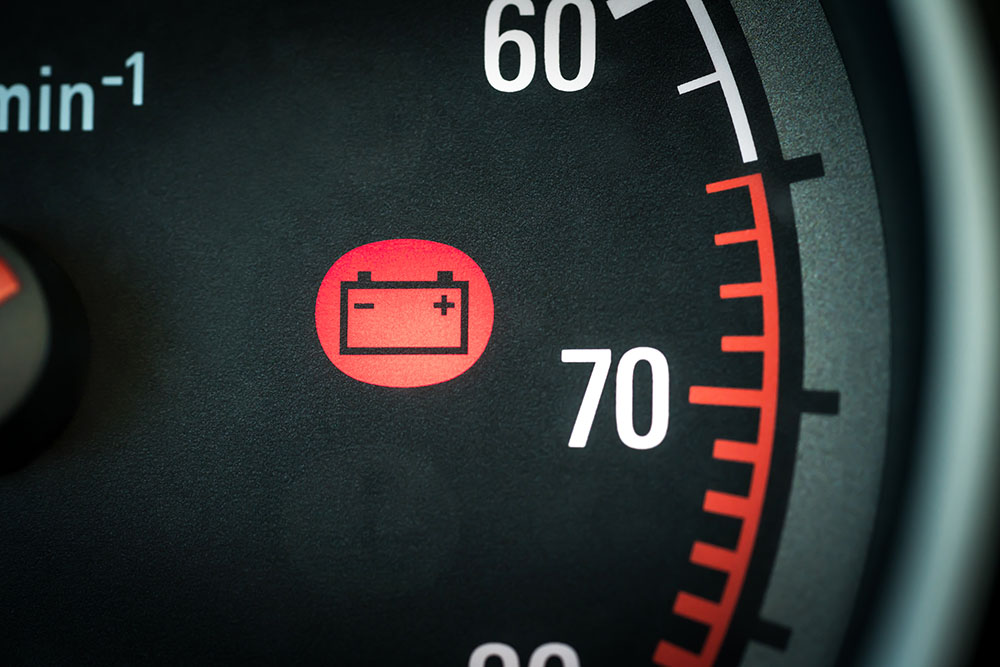Don’t Let Your Vehicle Battery Give You The Chills

Falling leaves signal dropping power in weak vehicle batteries, a problem that can rear its frosty head during cold nights of autumn.
As a first step, figuring out whether or not your battery has gone to the dark side. Look for signs of bad behavior: engine struggling to turn over, automatic windows that don’t roll up like they used to, dimming lights.
Batteries tend to get the blame when in reality they could be the messenger of other problems. Perhaps the vehicle alternator isn’t living up to its full potential.
Do you see crust covering terminals? It could impede the flow of energy as well.
Whatever the cause of your vehicle’s sluggish starts, it’s worth having a technician take a look.
Cold temperatures create thicker engine oil and reduce cold cranking amps, forcing your battery to work harder when starting your vehicle.
Battery Basics
What are cold cranking amps?
They measure how well a battery can start an engine in cold weather. The combination of severe cold and reduced cranking amps lead to battery failure.
Consider: Most car batteries work by chemical reaction. Sulfuric acid inside the cells of the battery reacts with an element (usually lead) to create a flow of electricity.
When you turn the key or push the start button, the flow of power migrates from the battery terminals to your vehicle’s starter motor to turn over your engine.
Healthy Batteries
Car battery health is measured in volts. A healthy 12-volt car battery will actually read 12.6 volts or higher when tested.
At 12.4 volts, you’ve lost about 25 percent of the charge. At 12 volts or lower your battery is seriously depleted, and may be losing its ability to hold a charge.
Driving habits impact vehicle battery life. Your battery drains itself when it starts your car, then is gradually recharged by the running engine as you drive.
If you plan to take a lot of short trips this November and December, your battery may not have a chance to charge fully before you turn off the engine. This could cause it to slowly lose voltage, and eventually fail to start your vehicle.
Vehicle battery tips:
- If you must travel short distances repeatedly, try to mix in some longer drives (at least 30 minutes) regularly.
- If your vehicle isn’t starting easily, take it to your service advisor and have the battery tested. A healthy, fully charged battery will have at least 12.6 volts.
- If you’re planning to do lots of driving in freezing conditions, consider having a block heater installed to warm your engine a couple hours before starting the vehicle. This makes things easier on your battery.
- If your battery seems to be losing its ability to hold a charge, be sure to have your technician check the alternator as well as the battery itself.
- If your technician determines that a new battery is needed, be sure to pick one of the right size and capacity for your vehicle. Both your technician and your vehicle owner’s manual can help with this.